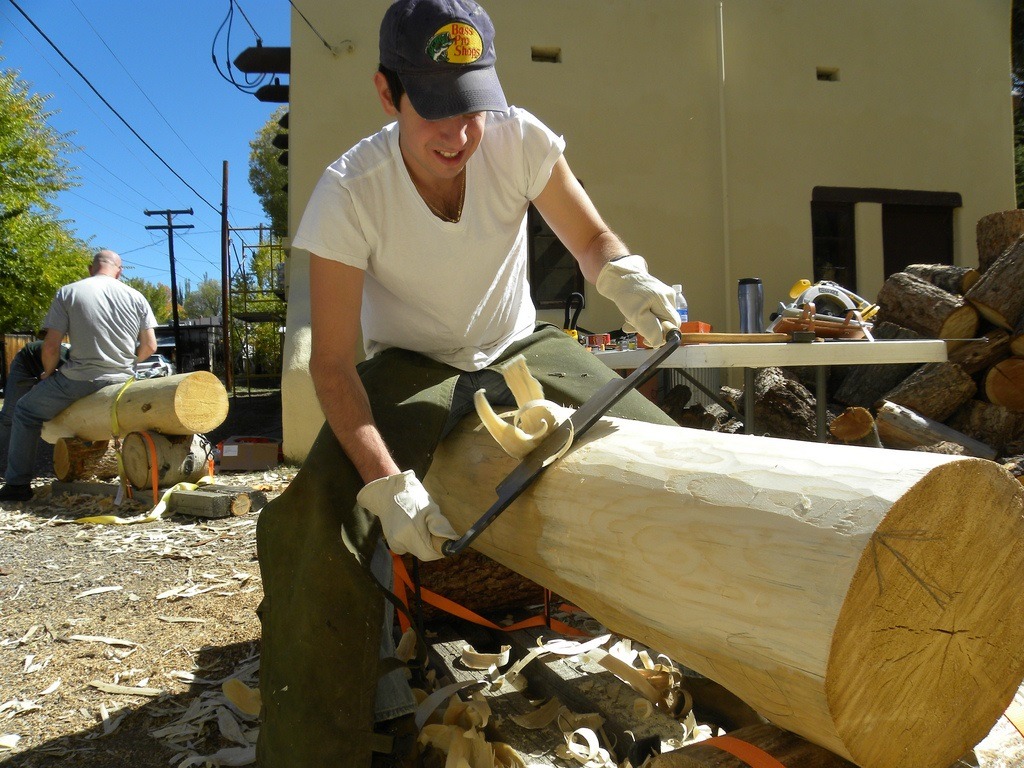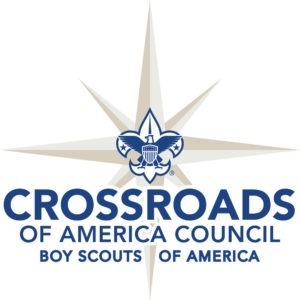
August 11, 2015; Christian Science Monitor
Want to experience a slice of American history? Would you be willing to clear some brush, wield a hammer, and step off the beaten track? If so, and if you have a week, month, or more of your time to give, and you’re willing to travel, consider becoming a volunteer for HistoriCorps, a kind of national landmarks-focused Peace Corps for sites in the U.S.
Described by executive director Townsend Anderson as “a hybrid between a nonprofit construction company and an outdoor adventure company,” HistoriCorps “mobilizes and engages a volunteer workforce to work on historic preservation projects.” Anderson describes the experience as a kind of adventure vacation in some of the most beautiful—if sometimes remote—parts of the country.
Since its founding in 2009, as many as 900 HistoriCorps volunteers have logged more than 60,000 hours doing preservation work on close to 170 projects in more than 20 states. Projects are currently underway at Clermont Farm, Virginia; Santanoni Preserve, New York; Routt National Forest, Colorado; and Tahoe National Forest as well as special project sites in West Virginia and Arizona.
HistoriCorps evolved from a “partnership between a group representing land managers and preservationists, who collaborated to restore buildings on the Pike-San Isabel National Forest in Salida, Colorado. That initiative helped the U.S. Forest Service recognize the power of such a collaborative model, since the federal agency has thousands of historic buildings under its care, but it is not able to do all the preservation work that is needed.” HistoriCorps along with its sponsors and partners tries to help with projects that can benefit from volunteer manpower.
According to Anderson, the organization goes out of its way to provide an easy, accessible experience for those who join, and group leaders train them to work side-by-side with skilled tradesmen and other volunteers. No previous experience is necessary. Individuals are provided with the tools they need and basic accommodations, including a kitchen and camping equipment to provide adequate shelter.
Sign up for our free newsletters
Subscribe to NPQ's newsletters to have our top stories delivered directly to your inbox.
By signing up, you agree to our privacy policy and terms of use, and to receive messages from NPQ and our partners.
“It has really become a gateway, if you will, that historic preservation has never had before,” explains Anderson. “It is introducing many non-preservationists to historic preservation. […] HistoriCorps has offered, for me, the best opportunity I have had to teach a preservation ethic.”
Those who work on HistoriCorps have the chance to repair and restore “places that preserve and tell the nation’s history.” Ann Pritzlaff, one of the founding members, calls HistoriCorps “more than a clearinghouse for volunteers or a resource for funding.” She described the mission as having a number of parts, to “build the capacity of land management agencies and local governments to achieve preservation projects, advance green technologies and enable innovators in historic preservation and stewardship, so that preservation can take on real value for communities and economies.”
Historic preservation can take many forms, preserving, conserving and protecting things from the past that are deemed to be of historic importance. It can be about protecting houses and other buildings from being destroyed, or the recovery and protection of artifacts and sites. In the United States, one of the earliest, best known examples was “the decision to maintain Mount Vernon, George Washington’s homestead, in its original condition rather than demolishing the property shortly after his death.” In the late 1940s, President Truman signed legislation to create the National Land Trust. More recently, in 2011, the National Trust announced a dynamic new program called National Treasures, through which the organization will identify significant threatened places across the United States, and take direct action to save them. National Treasures are part of a new and focused effort to bring more Americans into the preservation movement, and demonstrate the relevance of preserving the nation’s historic places.
On the grassroots level, HistoriCorps is one of a number of organizations trying to help out. For those who are interested in HistoriCorps but can’t participate as on-site volunteers, individuals can make donations to HistoriCorps, where even less than $100 can be allocated to buy new tools or buy meals for field teams. The organization also accepts applications from organizations and groups that have a structure or property they believe may have historical significance and should be restored and used to benefit the public.
To learn more about activities in historic preservation, visit HistoriCorps’ sponsor page or the National Trust for Historic Preservation (NTHP). Preservation Action, a nonprofit lobbying group also hosts Preservation Week each spring to help raise awareness of important issues. And NTHP publishes a yearly list of America’s 11 Most Endangered Historic Places on their website to spotlight national treasures and rally efforts to save them.—Susan Raab













